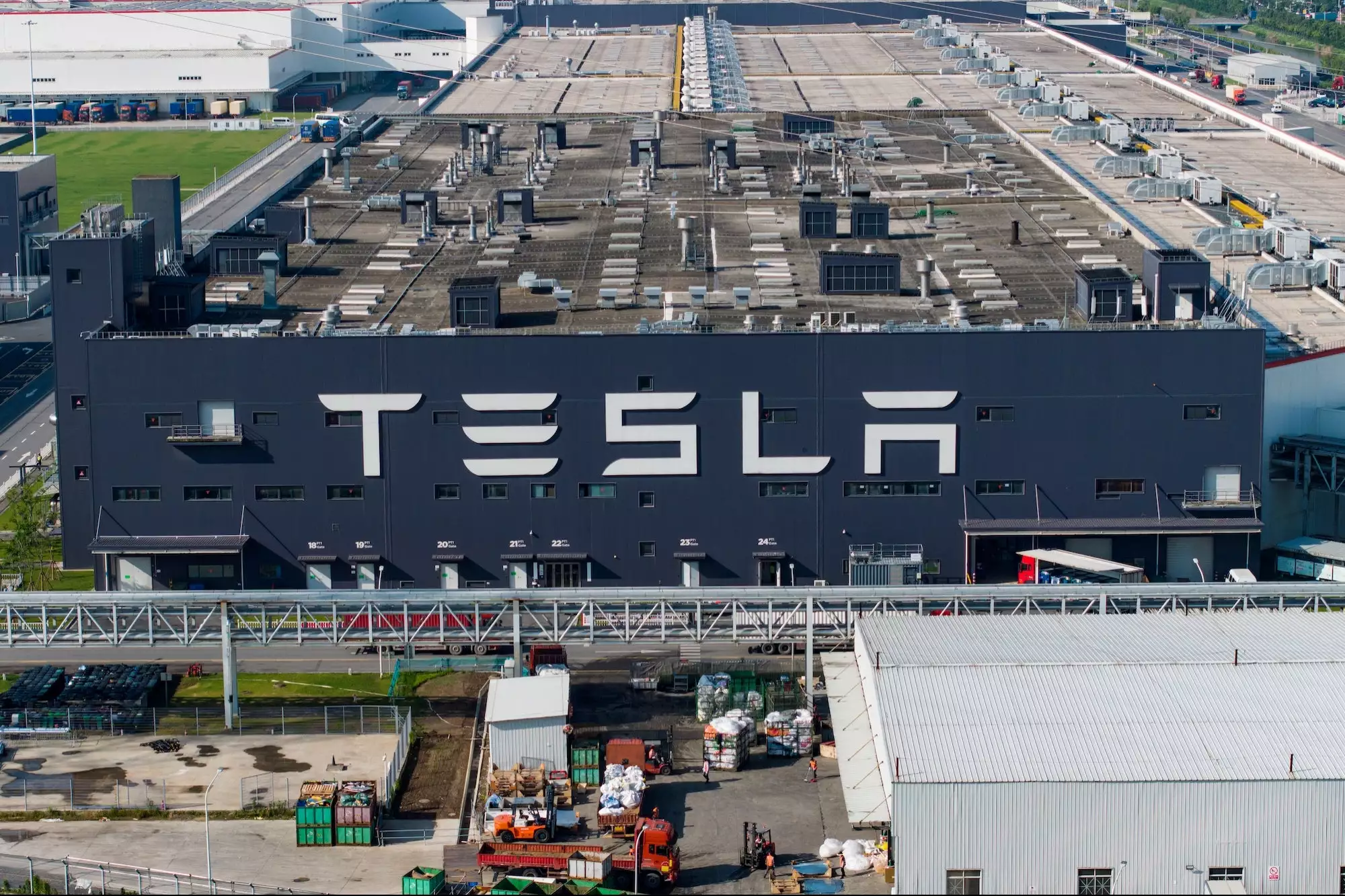Intel Corporation (INTC), a stalwart in the chipmaking industry, is on the verge of releasing its third-quarter earnings report, set to be unveiled after the closing bell on Thursday.
All eyes are on the tech giant as it seeks to capitalize on the rebounding PC market following a period of stagnation triggered by the pandemic.
However, the shadow of Nvidia, a formidable rival working on its Arm-based CPUs for Windows PCs, looms large over the announcement.
Intel is projected to reveal a revenue of $13.5 billion for the third quarter, as per data sourced from Bloomberg. This represents an 11.7% decline compared to the $15.3 billion reported in the corresponding period of the previous year.
Wall Street braces for adjusted earnings per share of $0.21, marking a 64.2% year-over-year decrease.
Nevertheless, this still signifies a positive step compared to the bleak $0.04 per share loss Intel incurred in the first quarter, when the company reported a staggering loss of $2.8 billion.
Intel’s recent performance woes can be attributed to the ailing PC market, which has struggled to recover from the pandemic’s adverse impacts over the last two years.
During this period, consumers purchased substantial laptops and desktops to accommodate work-from-home and recreational activities, reducing the need for new machines.
Simultaneously, inflationary pressures and high interest rates cast a gloom over the PC sales landscape. According to the research firm Gartner, the PC market experienced a dramatic 28.5% decline in January, marking the most significant drop since the mid-1990s when PC shipment tracking began.
Yet, there is hope on the horizon. Gartner analyst Mikako Kitagawa anticipates a revival in the PC market, with growth expected in the fourth quarter, which could greatly benefit Intel. In the third quarter, Intel’s Client Computing revenue is predicted to reach $7.4 billion, marking a 9.2% year-over-year decrease. However, estimations hint at a resurgence in the fourth quarter, with analysts projecting year-over-year growth of 15.7%.
Furthermore, Intel’s data center and AI business segment is displaying promising signs of recovery. Wall Street’s estimates indicate that this segment’s revenue is expected to stand at $3.9 billion, still down 7.4% year-over-year but a notable improvement compared to the previous two quarters when growth had plummeted by double digits.
Despite these positive signs, Intel still trailed behind Nvidia (NVDA) when offering businesses high-performance systems for advanced AI applications.
Nvidia’s graphics cards and software continue to outshine Intel’s efforts, and the path to bridging this gap might be prolonged.
As Intel’s third-quarter earnings announcement approaches, the tech industry watches with bated breath, keen to understand the extent of its recovery efforts and how it plans to tackle the formidable challenge posed by Nvidia’s entry into the Arm-based CPU market.







